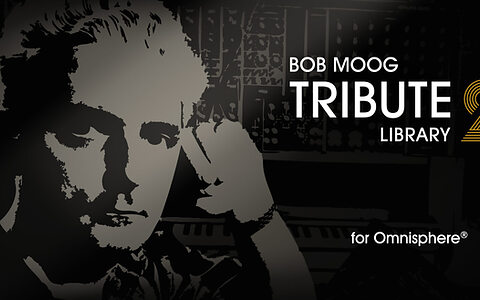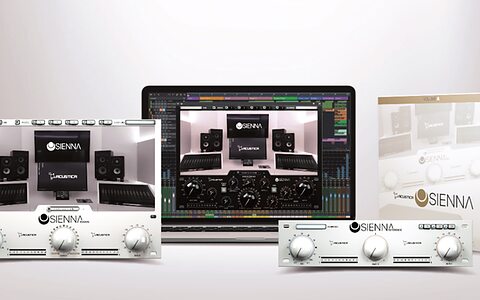
Mixing Pop Music
Mixing Pop Music features 24 videos providing 5 hours of learning material including exercises and practical guides for a wide range of recording artists, engineers, producers and hobbyists.

Mixing Pop Music features 24 videos providing 5 hours of learning material including exercises and practical guides for a wide range of recording artists, engineers, producers and hobbyists.

Latest instrument in the Nord Piano range features a second piano sound engine, and double the user memory.

New tech troubleshooting service offers access to leading industry professionals.

Mixing legend Mike Senior has just announced a new online course, which combines video tutorials, audio examples, DAW projects and online coaching sessions.

Major update adds over 500 sounds created by legendary sound designer Eric Persing.

You can now play Abbey Road's 1905 Steinway, as used by the Beatles, in your DAW — for just £29.

New soundpack brand launches with five analogue-inspired sample collections.

The company's most affordable take yet on Neumann's valve classic uses solid-state electronics.

Headphone correction and studio emulation plug-ins unveiled by Acustica Audio.
(SRC) A digital processor or computer algorithm able to convert digital audio signals recorded at one sample rate to a completely different sample rate, eg. from 96kHz to 44.1kHz. In the case of a downward conversion, the appropriate anti-alias filtering is applied to ensure the new file doesn't contain any source componets above half the new sample rate. For an upward conversion, the upper regions of the bandwidth in the new sample rate will carry no information as there was none available in the source file due to the restrictions of its lower sample rate. Not all SRCs are as accurate as they should be, but the best are essentially a perfect and transparent process.